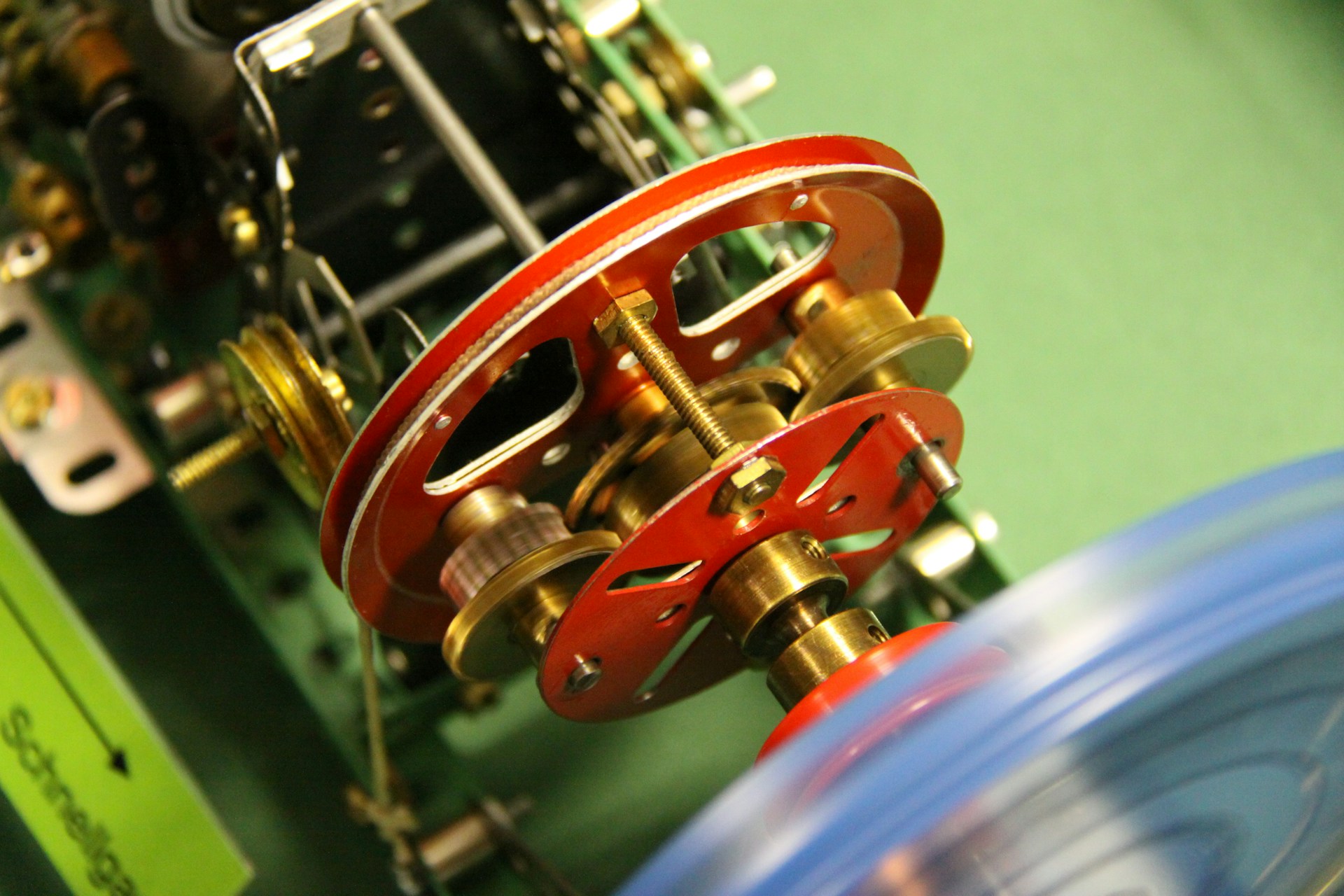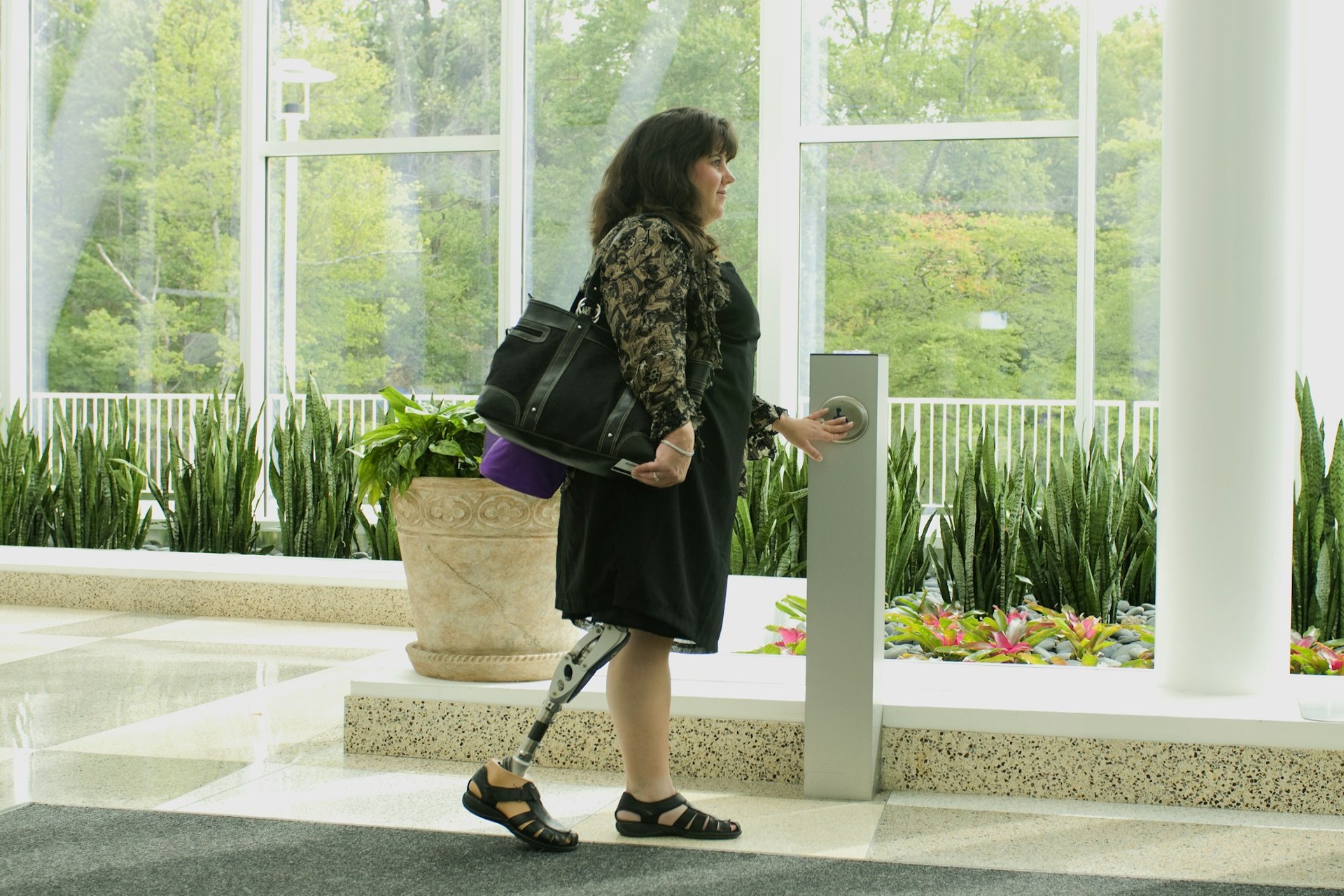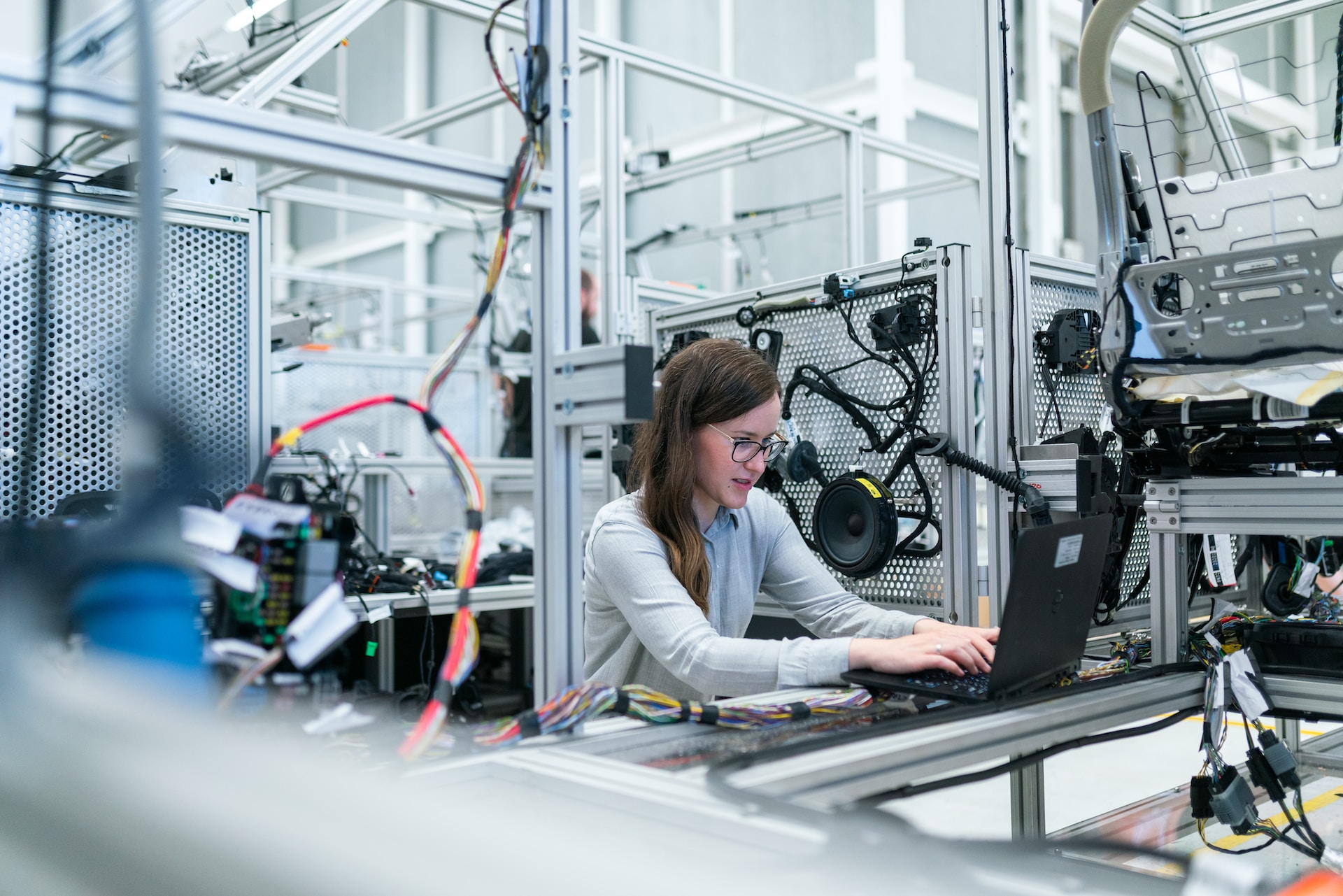
You Need to Know the Trends Defining the Engineering Industry
February 21, 2019 - Emily Newton
Revolutionized is reader-supported. When you buy through links on our site, we may earn an affiliate commision. Learn more here.
For the past few years, engineering innovation has really accelerated to an insane level. But the pace of change has slowed down a lot recently. Organizations are starting to realize they need to optimize and prioritize what’s available before leaping forward to the next best thing. In light of that, 2019 is going to be more about adapting and improving existing technologies so they meet current demands.
The engineering field is no stranger to innovation, nor is it exempt from some of the widespread trends seen in other areas of business and development. But again, engineering innovation and new trends go hand in hand. It’s less about the bleeding edge and more about which ones will have the biggest impact over the coming year. Which engineering innovations are going to stick around for the future?
1. The Internet of Things (IoT)
IoT devices and sensors have been around for some time now. But even though they aren’t new, it’s taken that long for their capabilities to become more practical in industrial and engineering settings. A big part of that change is due to the boost in network availability and capabilities. In 2009, when IoT popularity really started to pick up some speed, internet networks — especially local — just weren’t ready to handle the work.
Today, things are much different. Fast communication between sensors and the greater network is more than possible, it’s a common occurrence which is crucial for the technology to thrive. In engineering specifically, IoT sensors provide more robust controls over equipment and machinery — such as assembly line sensors that help industrial engineers monitor performance.
There are still things to overcome, such as the fragmented nature of the market as each device seems to operate on its own proprietary network or platform — this is a fault with most manufacturers. The IoT chain could be a definitive solution, allowing a single, seamless network for such devices to communicate and operate.
With the push towards 5G connectivity, communication between devices and networks will become even faster and more capable. Who knew a lot of engineering innovation was caught up in the development of a new, wireless network?
2. Welcome to 5G
Speaking of 5G connectivity, when it eventually arrives it’s going to change the face of modern communications and networks. Why?
Similar to the capabilities of general networks when IoT was first making waves, mobile networks just do not have the power and capability to support all these connected technologies. Consumer-grade devices like smartphones and smart home platforms require internet access, yes, but they don’t need the kind of power that industrial and engineering-based platforms do. If there’s a break-in signal or service, it affects convenience and access, but it doesn’t necessarily cause the same kind of damage that it would in industrial settings. If an IoT sensor loses signal in the middle of a regular operation, that could mean a loss of hundreds of thousands of dollars for a business, or worse.
5G connectivity is to be the wireless power boost and speed upgrade that mobile networks need to support modern technologies. The best part is that they will provide OTA access from just about anywhere without the need to rely on local networks.
Engineering projects will see a boost in internet access and connectivity, especially when it comes to data collections and reporting.
3. Immersive Design
Thanks to three rather distinct technologies, engineering design can now happen in new, exciting ways. Augmented reality (AR), virtual reality (VR), and mixed reality (MR) blur the lines between a digital, immersive experience and the real world. This means many things, of course, the most pertinent of which is that people can design and manipulate products, services and a variety of items in a virtual 3D space.
In automotive engineering, for example, designers can actually modify and manipulate the structural elements of a concept vehicle in a seemingly real 3D environment. It’s a fancy way of saying they can view and work on a realistic model of a project, before actually seeing it in real life.
4. Automation
A combination of advanced technologies form the modern marvels of engineering innovation. IoT, machine learning and AI, big data, cloud computing, and advanced analytics can all work seamlessly to provide a relatively new form of automation.
In the past, the concept might have been relegated to simple, repetitive tasks carried out by physical machines or robotics. Today, automation is so much more advanced and capable that things like driverless vehicles, natural language chatbots, and AI assistants are all possible.
Machine-to-machine (M2M), human-to-machine (H2M) and intelligent automation are changing the way we work and play. Manufacturers and the industrial sector especially, are seeing huge improvements to their operations and output thanks to modern automation.
5. Cybersecurity Engineering
One all-encompassing area of the market is cybersecurity engineering. It exists everywhere. It also happens to be one of the most important aspects of modern technology, because without the proper security it means systems, electronics, components and devices are highly vulnerable to attack and manipulation.
In today’s landscape, however, cybersecurity engineers must deal with entire networks and security technologies, in addition to conventional devices or platforms. Engineers must design systems from the ground up to protect against all forms of attack, both natural and man-made. It calls for frequent threat analysis, risk-based assessment and design, and an ever-evolving ability to discover potential or new risks.
Data veracity is a huge part of the equation, as well. Can we trust the data being reported and communicated from a remote device? Is it accurate? Has anyone altered or tampered with it? These are all concerns that involve cybersecurity as much as conventional engineering.
More importantly, involved engineers must be able to adapt and quickly learn new technologies and platforms across a variety of use-cases. IoT alone, for example, is introducing hundreds — if not thousands — of new proprietary devices and platforms to the market. They are engineering innovations, but they also regularly change and increase the total amount of risk.
More Engineering Innovation to Come
It’s important to point out that while the trends discussed here are having a huge impact on the industry — and therefore defining its current state as a result — they are not the only things happening in today’s landscape. It is entirely possible that new engineering innovations or trends will rise to the surface and pose just as great a role for the future. It is promising, but for now, what you see here is what’s going to have the most influence overall.
Revolutionized is reader-supported. When you buy through links on our site, we may earn an affiliate commision. Learn more here.
Author
Emily Newton
Emily Newton is a technology and industrial journalist and the Editor in Chief of Revolutionized. She manages the sites publishing schedule, SEO optimization and content strategy. Emily enjoys writing and researching articles about how technology is changing every industry. When she isn't working, Emily enjoys playing video games or curling up with a good book.




